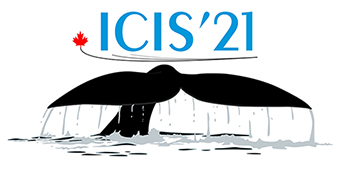Speaker
Description
Negative ion sources for neutral beam injection rely on surface production of negative ions on a caesiated low work-function surface (plasma grid). To maintain the low work function in long pulses (one hour) and the desired source performance (extracted H-/D- ions and limited co-extracted electrons), Cs needs to be constantly delivered onto the plasma grid. The CsFlow3D code was applied to the ELISE source to simulate the evaporation and the plasma-assisted redistribution of Cs. The Cs flux stability is investigated for consecutive one hour plasma pulses and compared with experiments. Three methods to optimize the Cs evaporation are simulated: by adjusting position and orientation of the Cs evaporator and by using a distributed Cs evaporation concept, either on the back-plate of the source or close to the plasma grid. An increase of the Cs flux occurs for all three methods, while the best control and lowest Cs consumption is obtained by the direct evaporation close to the plasma grid.
| E-mail for contact person | alessandro.mimo@ipp.mpg.de |
|---|---|
| Funding Information | This work has been carried out within the framework of the EUROfusion consortium and has received funding from the Euratom research and training programme 2014-2018 and 2019-2020 under grant agreement No 633053. The views and opinions expressed herein do not necessarily reflect those of the European Commission. |
